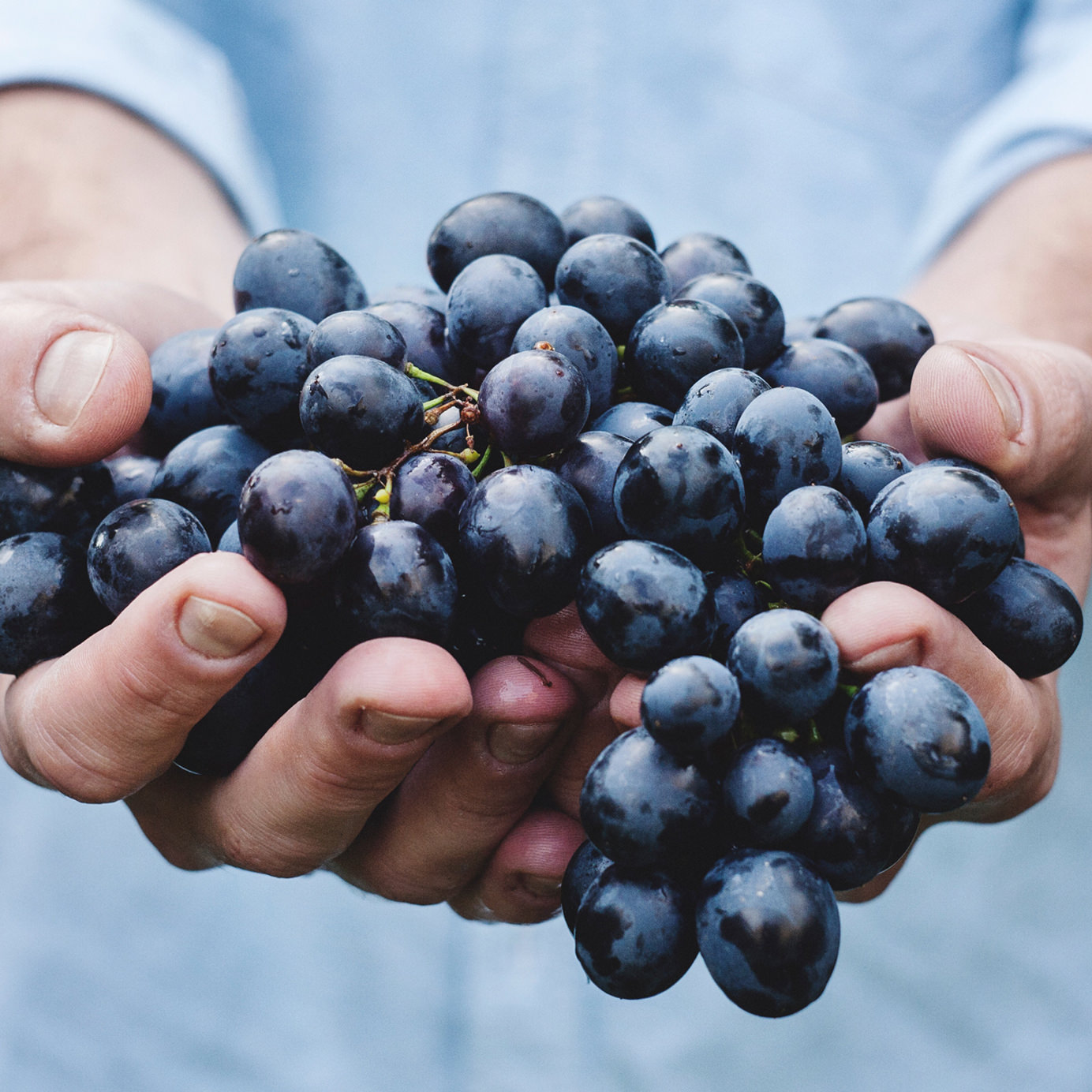The wine world is exploding with grape diversity. New countries are popping on the international scene, and classic winemaking regions are returning to their indigenous grapevines. To keep the options from becoming overwhelming, there are inevitable comparisons made to better-known grape varieties. Nerello Mascalese might be hailed the new Pinot Noir, and Friulano dubbed the next Chardonnay.
Some of these analogies ring truer than others. Those seeking an excellent Old World corollary to Nebbiolo need look no further than Portugal’s Barraida DOC, home to Baga wines. Not only is Baga a master of complex, acid-driven, long-lived reds, but it just might be Portugal’s most interesting grape.
Portugal, as a whole, is ripe for discovery. Historically famous for its sweet Ports, the country is gaining recognition for dry wines from indigenous and international varieties. Most Portuguese wines, Port included, are blends, typically fruit-forward and friendly. This is where Baga stands out. The best Bagas today are vinified as varietal wines, and they can actually be quite off-putting in youth. Like Nebbiolo, Baga can be difficult to love at first, but over time, it is truly endearing.
Baga isn’t one of those grapes that fell by the wayside for decades, only to be rediscovered by modern vintners. The name translates to “berry” in Portuguese, and Baga has a long, continuous history in its home region of Bairrada and the nearby Dão — where some speculate that it actually originated.
The problem was that Baga is ironically well-suited to producing inexpensive, bulk wines, and was primarily treated as such until the 1980s. While the grape is gustatorily defined by its tannic, acidic nature, it is viticulturally known for high yields, a key factor in bulk winemaking. Douro winemakers sourced nondescript Baga wine from Bairrada in the 17th and 18th centuries to (somewhat illegally) blend into the in-demand Port wine. The majority of Baga grapes are still used to create the cheap, fizzy, sweet Mateus rosé.
To complicate things further, as in Piedmont, it was nearly impossible to create Baga with both quality and approachability in youth until modern winemaking methods came to the region in the 1980s. Pioneers like Luis Pato reduced yields, destemmed grapes before fermentation, and aged the wine in French oak, balancing structure with flavor and reducing harsh tannins. Warmer, more consistent regional temperatures also helped, as they have in Burgundy and Barolo, allowing the grapes to fully ripen before picking.
Today, Baga is valued for producing aromatic, complex reds with impactful structure, well-suited to long-term aging. Notes of red cherry and berry, springy plum, red flowers, tobacco, coffee, and earth evolve and change over time. All are elongated by sharp acidity, and Baga’s grippy tannins make it an excellent food-pairing wine.
That’s not to say that Baga only produces one kind of wine. A collective called Baga Friends formed in 2010 to embrace the Baga grape for quality, rather than bulk, winemaking in many styles. It actually makes excellent sparkling rosé wines (then again, so does Nebbiolo).
Nebbiolo may have a head start on Baga when it comes to quality production, but the latter certainly has the advantage when it comes to price. Even the highest quality Baga wines rarely exceed $25. While it’s unlikely that this Portuguese up-and-comer will unseat the Italian legend, it adds another shade to the spectrum of earthy, long-lived reds.
Three Baga Wines to Try
Vadio Tinto 2013, Bairrada
While there’s plenty of complexity on this strawberry and eucalyptus-scented red right now, it has long-term future potential at a price point that won’t break the bank.
Luis Pato Vinhas Velhas 2013, Beiras
From the father of Baga himself comes this old vine red with lots of contrast. The nose is lush and deeply fruited, like Oregon Pinot Noir, while the palate is sour, spicy, and begging for food.
Filipa Pato ‘Post Quercus’ Baga 2015, Beiras
This underground amphorae-aged Baga is incredibly light and fresh, a tart red fruit-driven wine with salty, textured earth and a long, lingering finish. This talented winemaker (and daughter of Luis Pato) also makes a delicious dry sparkling Baga rosé.
